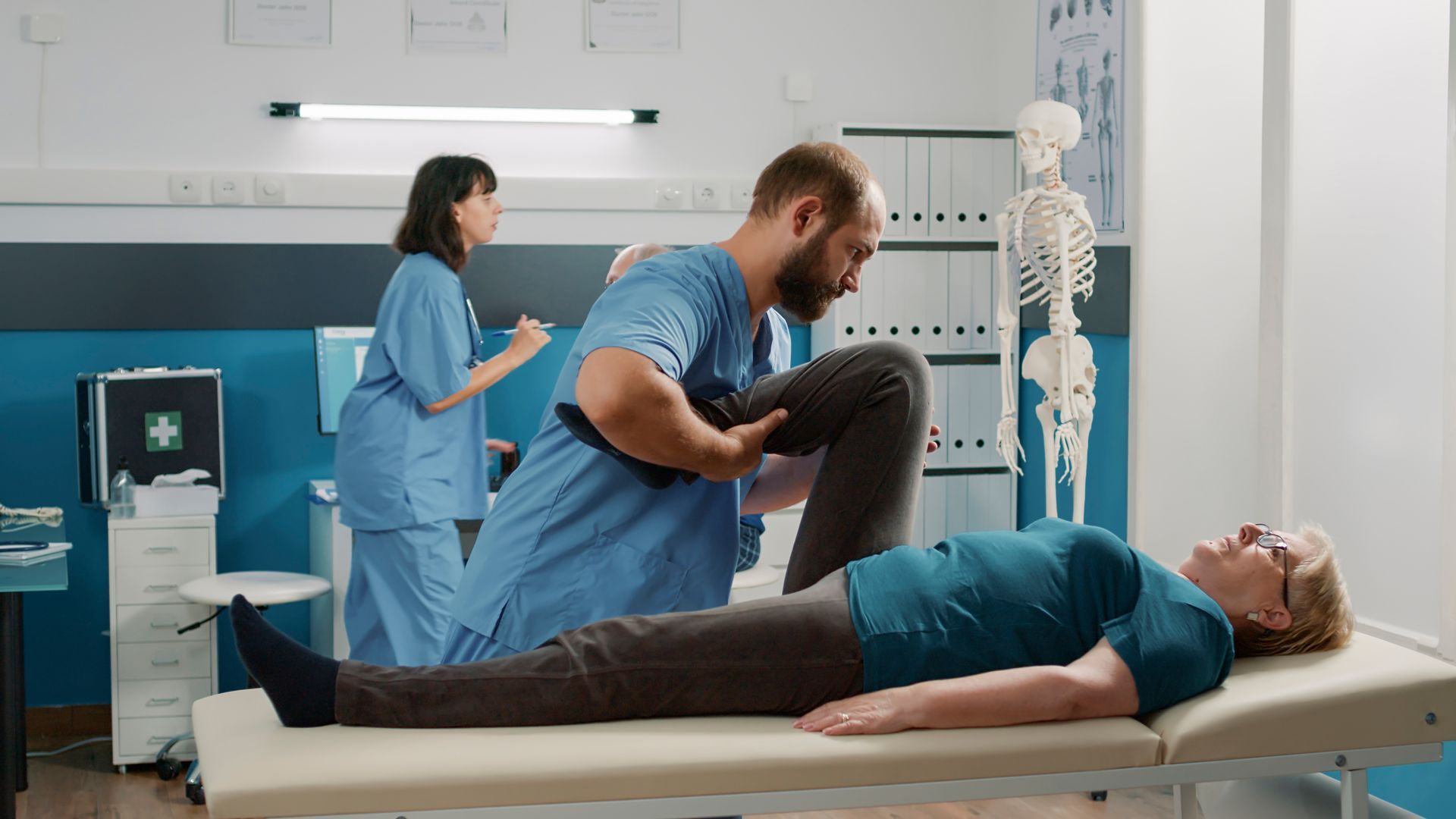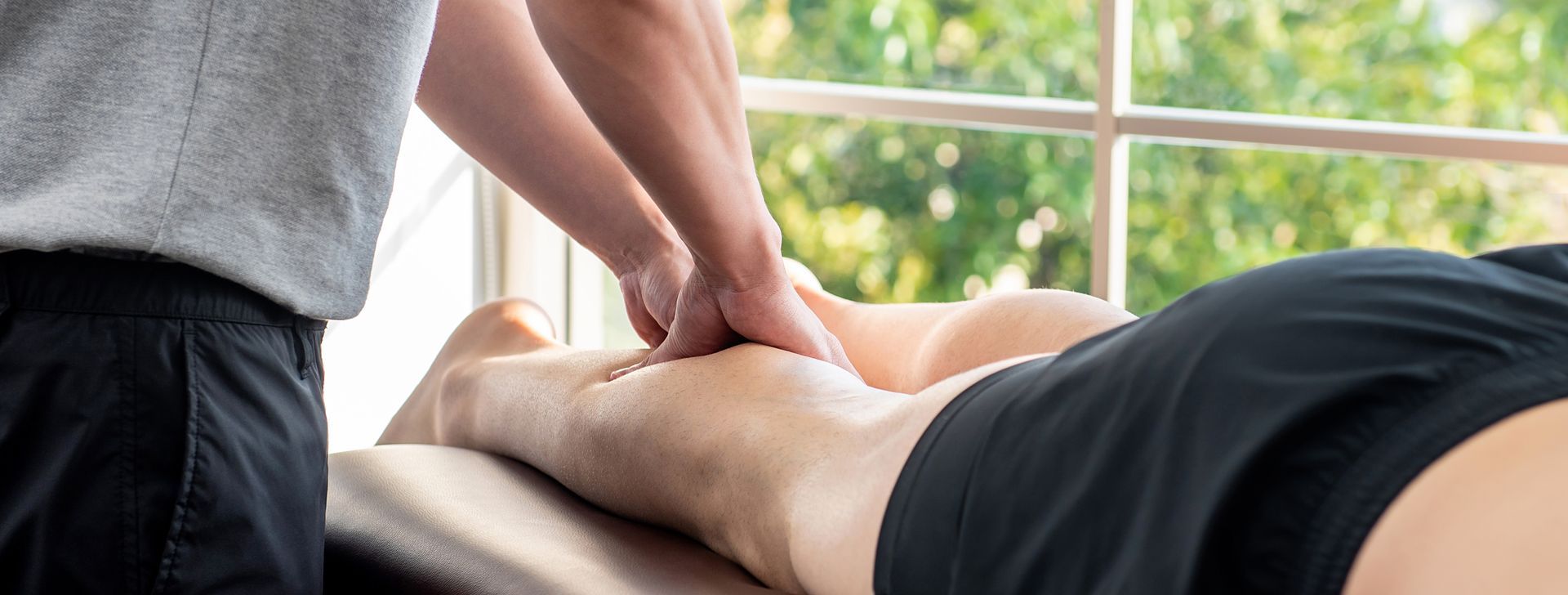Home Treatments for TMD
Popping sounds while you eat, painful swelling around your jaw and difficulty speaking. These symptoms are familiar to sufferers of Temporomandibular Joint Disorder.
Talking to a doctor is the best course of action, but busy lifestyles and full schedules mean that not everybody can make time for an appointment. Fortunately, for mild to moderate cases, there are ways to relieve pain caused by TMD with TMD treatment at home .
What is Temporomandibular Joint Disorder?
TMD happens when your temporomandibular joints, or TMJs, aren’t working properly due to diseases such as arthritis, or your lifestyle is causing you to overuse them. Your TMJs are the joints that connect your jawbone to your skull on either side of your face. They are located right below your ears, where your jaw starts.
Any time you speak or chew, you use these joints and the powerful muscles that support them. If you are experiencing symptoms such as jaw stiffness, difficulty eating or facial swelling, you may have TMD.
Sometimes the symptoms can even manifest in ways that seem completely unrelated to your jaw, such as headaches around your eyes or ear pain.
In this article, we’ve listed some ways you can help ease the symptoms of TMD on your own.
Remedy 1: Massage your jaw
The simplest TMD jaw treatment is to gently massage the muscles around the joints. The muscles are found at the base of your jaw, at your temples and above your ears.
Place your fingers on the edges of your cheekbones and drag them down to the bottom of your jaw, applying pressure as you go. Take care not to push against your teeth. Repeat this as many times as feels good. You can switch directions, too.
For the muscles around your temples, start again from your cheekbones and push your fingers up into your hairline. You can also make circular motions. Do this after your wake up and before you eat to help warm up the muscles and alleviate any pain.
Remedy 2: Manage your stress
Stress is a common cause of ailments — and TMD is no different. When we get stressed, our bodies become tense — and they often stay tense even after the stressful situation has passed. Grinding your teeth while asleep is associated with stress and it is a major cause of TMD.
Getting a nightguard to wear while sleeping will alleviate the pressure put on joints by grinding your teeth, but the best thing to do is tackle the root of the problem and practice stress management.
Breathing techniques, meditation and mindfulness are all proven methods that can help alleviate stress. Even on your busiest days, remember to separate some time to practice self-care.
Remedy 3: Ice the inflammation
If stress management hasn’t stopped you from grinding your teeth at night, you may wake up with severe pain and a swollen jaw. In that case, icing the inflammation can provide fast, temporary relief.
Wrap an ice pack in a cloth or towel and apply it to your jaw to soothe the pain and numb the area. Ice the area for 10 to 15 minutes every hour. Icing decreases blood flow, which reduces swelling.
Keep in mind that if you ice an injury for too long, the decreased blood flow can cause tissue damage and the ice can cause frostbite. Make sure to monitor the area while icing.
Come in for a consultation
If you find that you cannot manage your TMD using home remedies alone, Kilian Upper Cervical Chiropractors in Aldergrove, BC is always open for consultation and
our experts
are here to help.
Contact us
online or give us a call at
(604) 856-7781
to discuss
TMD treatment options
tailored to your situation.
The post Home Treatments for TMD appeared first on Kilian Upper Cervical Chiropractor.










